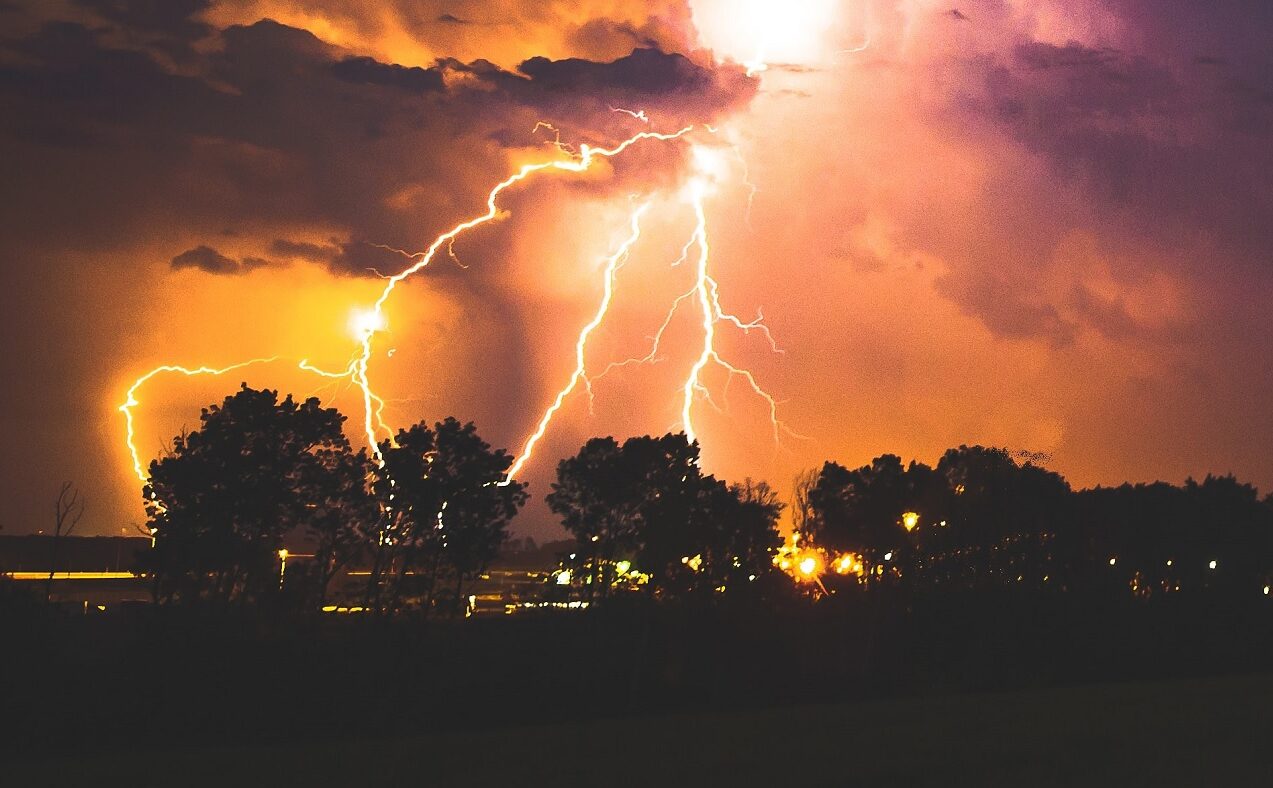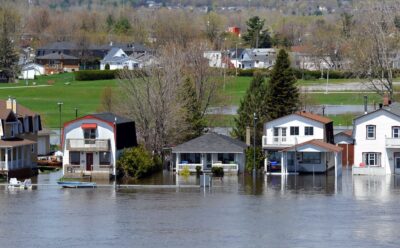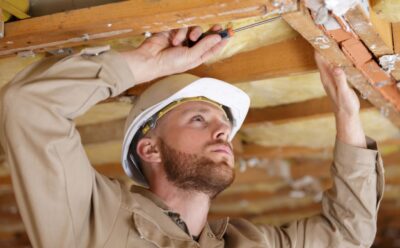 Storm damage to your home is becoming more likely as climate change advances. Knock on wood we avoid more disasters like last year’s derecho or the tornadoes that have touched down in parts of the city, but here’s what you need to know when bad storms do strike.
Storm damage to your home is becoming more likely as climate change advances. Knock on wood we avoid more disasters like last year’s derecho or the tornadoes that have touched down in parts of the city, but here’s what you need to know when bad storms do strike.
Before you start
Storms can create hazards around your home, from fallen wires to broken tree branches. Stay safe by leaving the dangerous stuff to the professionals. Also, check the same areas at a couple of different times of day: changing light levels can reveal damage you may have otherwise missed.
Roof, gutters and more
Even a small amount of damage to your roof can lead to big problems from leaks. Using binoculars and from the ground, check for damaged, slipped or missing shingles, loose or dented flashing around your chimney and roof vents, and damaged fascia and soffits. More on inspecting your roof.
Are your gutters bent or filled with debris from the storm? Free-flowing gutters and drainpipes are critical in directing water away from your home.
Windows and doors
Flying debris and high winds can cause small cracks in the glass, loose panes and frames, and damaged exterior trim, all leading to water infiltration and other problems. Check each window carefully and make sure they open and close smoothly and can still be locked easily.
Winds in the recent Ottawa storm hit 190 kilometres per hour in some areas. That was strong enough to destroy barns and silos, which means it was also strong enough to damage a weak door or one with rot in the frame. Do all the doors still open, close and lock smoothly? If not, call in the pros.
MORE: Protect your home against climate change
Trees and other hazards
The recent storm in Ottawa caused massive tree damage in some neighbourhoods. Check your trees for cracked or broken limbs, loose branches, and partial uprooting (the latter doesn’t always mean the tree is doomed: consult an arborist to see if it can be saved). Don’t try to remove large broken branches or limbs yourself — injury or even death can result — and remember that even a light wind can dislodge broken branches. Rope off the area to keep others safe and hire a reliable tree service to handle the damage.
Once you’ve ensured your trees are safe, check fences, sheds and other outdoor structures for damage.
Interior signs of damage
Hard-driving rain can penetrate exterior walls, especially if the walls, windows or doors are storm-damaged. Watch for water stains on inside walls and call in a professional if you think there may have been permanent cosmetic or structural damage.
Have you checked your basement carefully for water leakage and taken a careful look in the attic for leaks there? If you had any roof damage, check your attic a few times in the weeks after the storm in case mould is growing on the insulation or elsewhere.
Insurance and repairs
Keeping your home insurance policy up to date will help cover the cost of repairs and replacement in case of storm damage. Learn more about home insurance and disasters at the Insurance Bureau of Canada.
Watch out for scammers and incompetent repair businesses. They tend to come out of the woodwork after a disaster. Don’t hire a contractor who can’t produce liability insurance, references and other assurances of legitimacy.
Reducing the potential for future damage
Keeping your home well maintained will help protect it against wind, rain and other natural hazards.
- Caulk windows and doors to prevent moisture and cold penetration.
- Test your sump pump (No. 8 in this list) to ensure it’s ready for high water levels.
- Follow seasonal maintenance routines.
- Have an emergency kit ready to keep your family safe in case of prolonged power outages or other disasters.
- Keep an up-to-date home inventory to make insurance claims easier.








